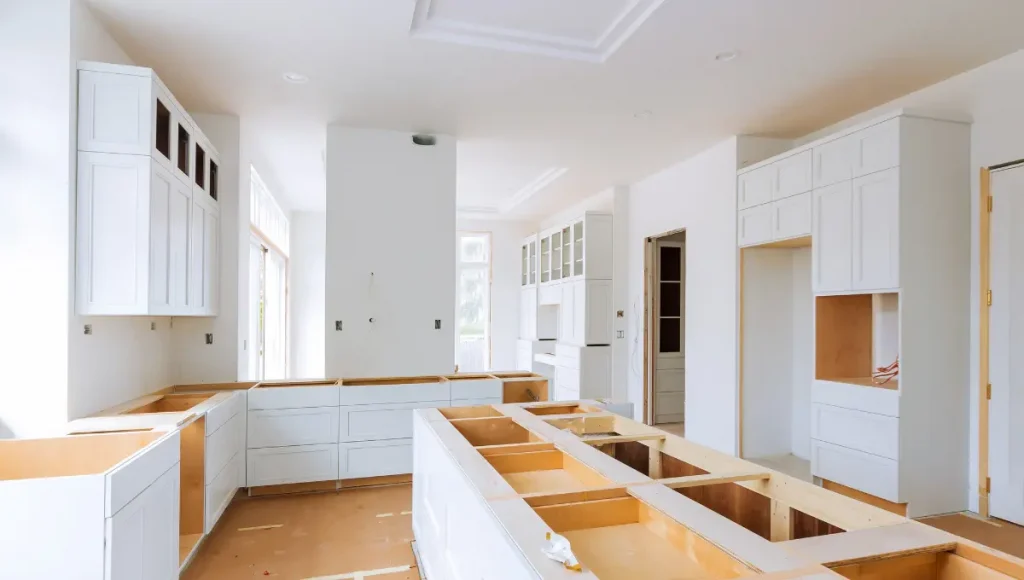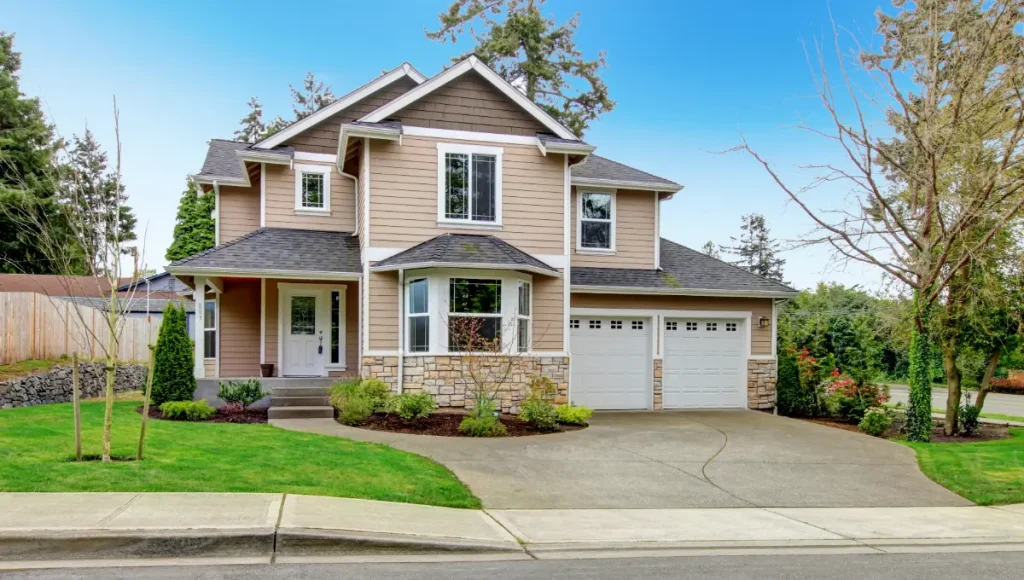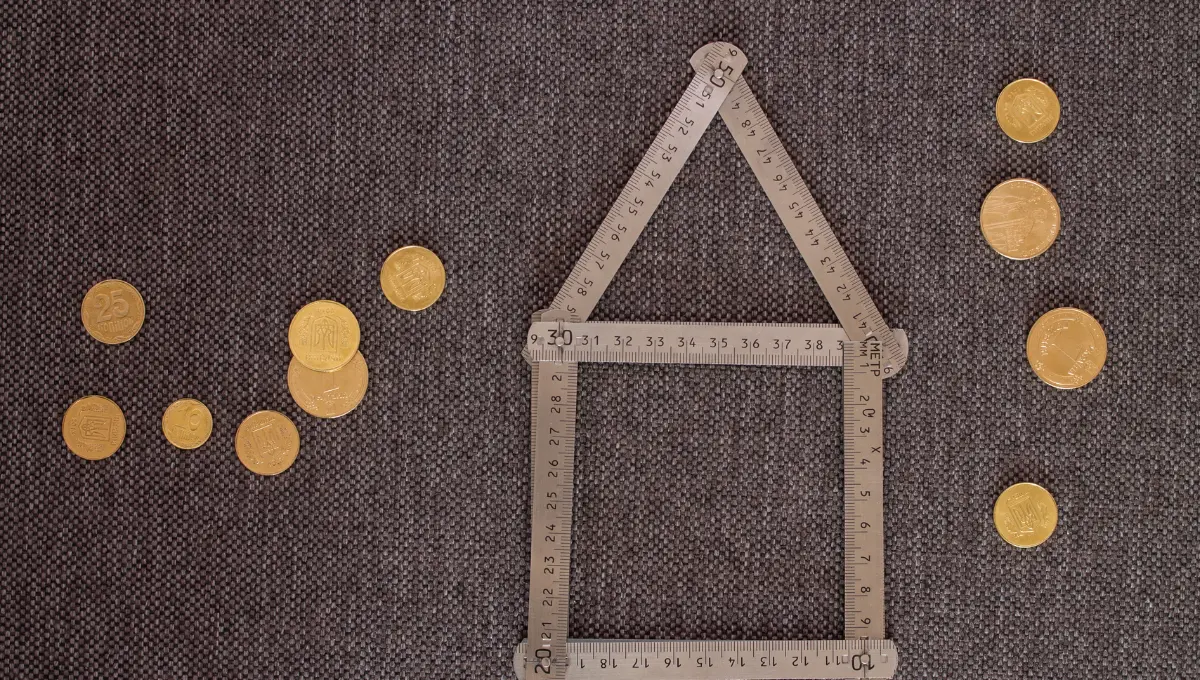Ever wondered what the term built-up area mentioned alongside carpet area or usable area in property advertisements meant? You could also see this term in blueprints and project specifications documents used by architects and engineers. In simple terms, the term built-up area indicates the usable area and the enclosing wall area in total.
Before purchasing or renting a house or other building, it is important to know the terminologies involved in the construction field to stay aware of what you are getting into and escape any kind of fraudulent schemes.
Built-up area, super built-up area, carpet area, and other terminologies help understand and evaluate the floor plans of a building. This article will guide you through the term-built-up area and its associated terms.
What is a Built-Up Area?
Also known as plinth area, a built-up area refers to the total floor area of a building, including the carpet area, wall area, balconies, or terraces attached to it.
Built-up areas are usually larger than carpet areas up to 30% as they include wall area an other floor areas like the balconies. It does not include commonly shared areas like hallways, staircases, or lobbies.
It is highly recommended to understand build-up areas as it will greatly help with comparing property sizes and evaluating price structures.
In short, the built-up area can be summarized in the following simple equation:
Built-up Area = Carpet Area + Area of Walls + Area of Balcony

What is Included in a Built-up Area?
Generally, the built-up area includes the carpet area in the usable space section and wall thickness, balconies, and terraces (if attached) from the non-usable space section.
- A carpet area is simply the area within the enclosed walls of your building that you can cover with a carpet. It is the usable space and excludes the wall area.
- The wall area indicates the thickness of the wall, both interior and exterior, to usable space.
Other areas included in the built-up area include:
- Balconies and terraces that are directly connected to the apartment or usable space.
- Utility areas that dedicated to laundry or storage.
- Small attached store or room useful for additional storage.
What is Excluded From a Built-up Area?
The built-up area primarily focuses on the enclosed space surrounding the property’s walls. The areas it excludes include:
- Common areas shared by all the residents in the building, such as hallways, staircases, lobbies, elevators, security rooms, and others.
- External amenities which include swimming pools, open parking spaces, parks, playgrounds, and gardens.
- Unusable spaces like shafts for ventilation or elevators that are not functional for living.
Why Built-up Area Matters?
Understanding the built-up area of a building matters a lot, and the reasons are as follows:
- To understand the usable space: The built-up area will give a clear picture of the total usable space compared to the advertised area.
- To compare accurately: Built-up area will help compare properties fairly, especially when the layouts differ.
- To make informed decisions: Evaluating the price structure of the building through the built-up area can help you identify the efficiency of the layout and make the final purchase decision.
- To improve transparency in pricing: By understanding the total built-up area, you can avoid possible confusion over larger advertised area dedicated to walls or balconies and question the pricing based on usable and non-usable areas.
- To avail loans: Most often, financial institutions consider built-up areas to qualify clients for availing loans.
- To assess property value: Investors often take into account the built-up area to evaluate the property value in terms of rental income or future resale value.
- To plan the usage of the available space: The built-up area gives you a clear understanding of the available carpet area and the non-usable area and helps plan furniture placement and interior design.

Difference Between Carpet Area, Built-Up Area, and Super Built-Up Area
| Term | Carpet Area | Built-Up Area (Plinth Area) | Super Built-Up Area |
| Description | The usable floor area within the walls of a building. | The total enclosed area within the outer walls of a property. | The total area for which a buyer is charged, including the built-up area and proportionate share of common areas. |
| Focus | Functional living space. | Total enclosed space within your building or apartment. | Total chargeable area. |
| Included Areas | Space covered by flooring (excluding walls). | Carpet area, wall area, balconies (sometimes terraces), and other utility spaces. | The entire built-up area and the proportionate share of common areas like lobbies, hallways, elevators, security room, and others. |
| Excluded Areas | Walls, balconies (sometimes), common areas, and external amenities. | Common areas like lobbies and hallways and external amenities like pool, park, and others. | External amenities like swimming pool, park, garden, and the like. |
Conclusion
The RERA (Real Estate Regulatory Authority) regulations in India mandate the disclosure of carpet area, built-up area, and super built-up area to the buyers to provide a clearer picture of the total sole ownership space and co-ownership space. In case you are denied disclosing cost structure based on carpet area, built-up area, and super built-up area, you can approach a relevant authority regarding it.
Be sure to go through the details on the carpet area, built-up area, super built-up areas, and the relevant cost structure before purchasing a property.
Wishing you the very best in your building purchase!
FAQs
You will be charged for the super built-up area most of the time. This area includes the total built-up space and the common areas shared by all the residents, like lobbies, hallways, elevators, and others.
The built-up area is always larger than the carpet area. Generally, the built-up area is larger than the carpet area by 20-30% due to the inclusion of wall area and other areas.
The RERA regulations in India mandate the pricing of properties based on carpet space. In case you are charged for property price based on built-up area, ask for the disclosure of cost structures based on carpet area and super built-up area as well and ensure that there are no hidden costs associated with common area maintenance.

